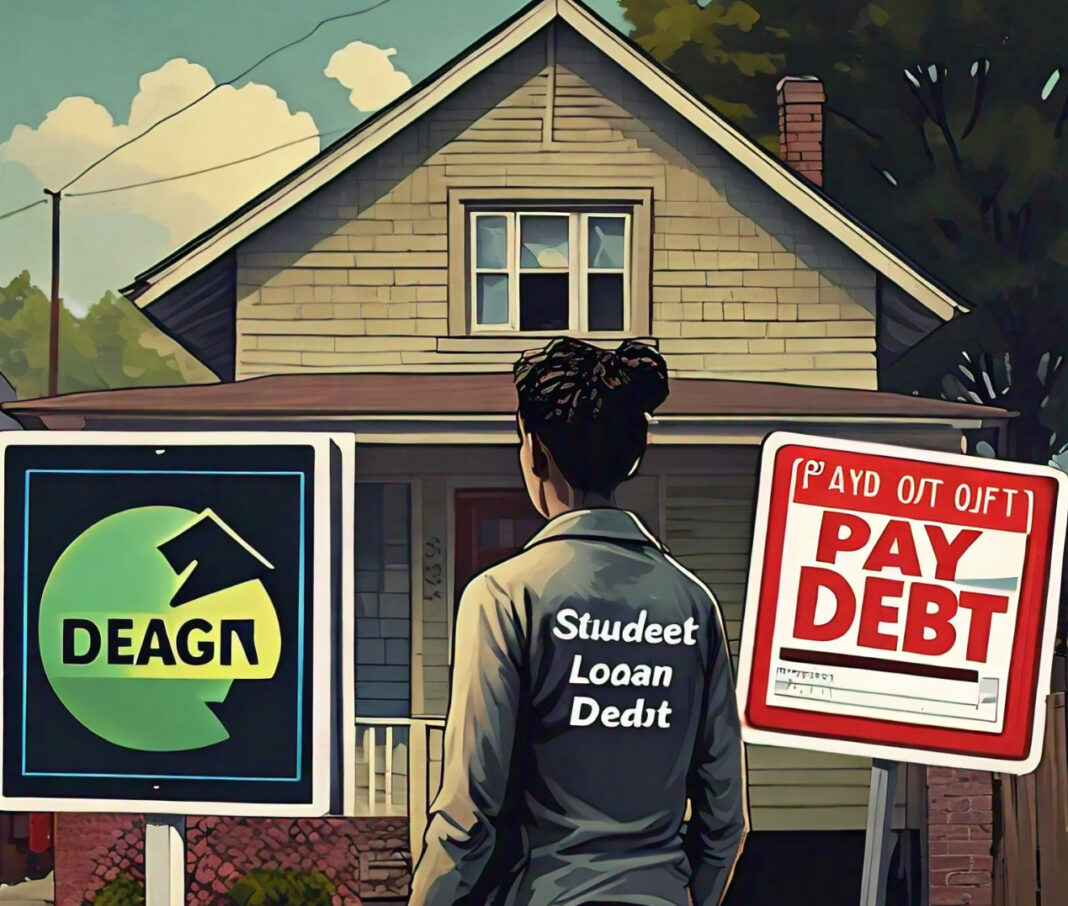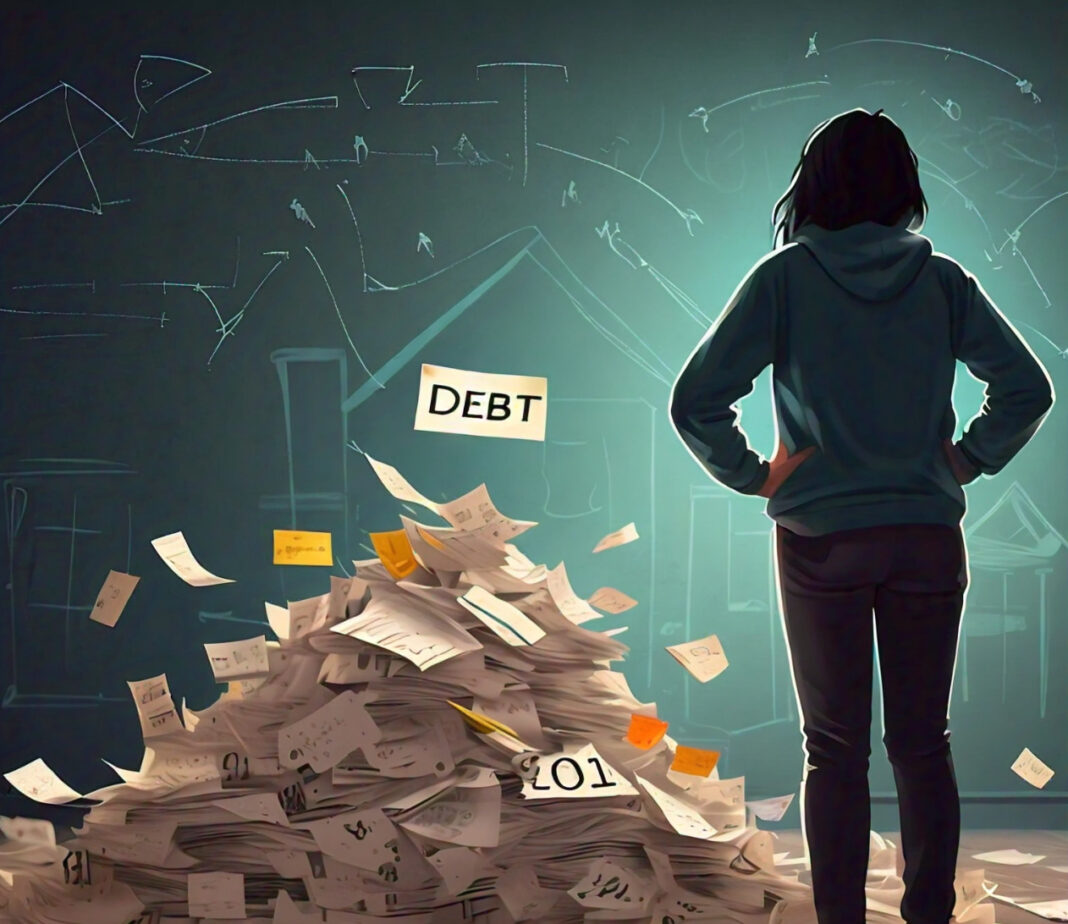Having a strategy can make all the difference when paying off debt. Two of the most popular methods for debt repayment are the debt snowball and the debt avalanche. While they both help in realizing one’s aim of being debt-free, they use different tactics to get there. This in-depth guide will discuss each of these two strategies, showing their relative strengths and weaknesses and how each might impact your financial journey. By the end, you will clearly understand which method can apply to your unique situation.
Before discussing the details of snowball and avalanche methods, let me review some of the basic concepts surrounding debt repayment.
The Importance of a Strategy
A structured approach to repaying debt offers a number of advantages, including:
Sharpened focus on your financial goals
Increased motivation to adhere to a plan
A potential reduction of debt more rapidly
Reducing stress or anxiety about finances ### Important Terms in Debt Repayment
Know these terms:
Principal – the amount that was borrowed originally
Interest- the fee for borrowing money. Typically described in terms of a percentage
- Minimum payment: The very least amount that you have to pay in a month to keep the account in good standing.
- Extra payment: Any amount above the minimum payment.
How the Debt Snowball Works
The debt snowball is a debt-reduction plan popularized by the financial advisor Dave Ramsey, where you pay your debts one by one, starting with the smallest balance first, regardless of the interest rate.
Description of the Debt Snowball
- List all your debts by balance, from lowest to highest
- Pay all debts except the smallest debt with minimum payments
- Take all remaining money and apply it toward the smallest debt
- Once the smallest debt is paid, take that payment and apply to the next smallest debt
- Continue this process until all debts have been paid.
The Psychology Behind the Snowball
The debt snowball method relies very much on the psychological drive derived from:
Quick wins: Paying smaller debts sooner will give a feeling of achievement.
- Momentum: it’s like a snowball, every debt paid gives one a little more courage to take on the next one
- Visible progress: crossing debts off your list is physical proof of progress
Pros of the Debt Snowball
- Offers early successes that keep the motivation going
- Makes the process of paying off debts less complex
- Very effective for those having many small debts
- Can speed up credit score improvement by allowing earlier closure of accounts
Cons of the Debt Snowball
Will probably pay more interest in the long run
Not the most mathematically optimal system
Will have big high-interest debts for longer
The Debt Avalanche Method Explained
Also known as debt stacking, the debt avalanche method lines up high-interest debts as the first ones to pay off.
How the Debt Avalanche Works
- List your debts from highest to lowest interest rate
- Pay the minimum on all debts except the highest interest one
- Put any extra money towards the highest interest debt
- Once the highest interest debt is paid, move to the next highest
- Repeat until all debts are paid off
The Math Behind the Avalanche
The debt avalanche method is a mathematical efficiency model in that it:
- Reduces total interest paid over time
- Leads to faster overall debt repayment
Pays most expensive debts first
Pros of the Debt Avalanche
Will save more money in interest over time
Mathematically, it’s the fastest way to become debt-free
Can motivate many people who enjoy a very logical approach
Takes on highest-interest debts first
Cons of the Debt Avalanche
May take longer for you to see “real progress”
Can be discouraging since high-interest debts tend to have large balances
Requires discipline to stick with
Comparing the Two Methods: A Practical Example
This will, hopefully, be more understandable when looking at a sample scenario.
Sample Debt Scenario
Assume the following:
- Credit Card A: balance of $1,000 with an APR of 22%
- Personal Loan: balance of $5,000 with an APR of 12%
- Credit Card B: balance of $3,000 with an APR of 18%
- Student Loan: balance of $10,000 with an APR of 6%
Suppose that, after minimum payments, you can pay $500 per month against your debts.
Snowball Approach
Applying the snowball method, you would pay your debts in this order:
- Credit Card A: $1,000
- Credit Card B: $3,000
- Personal Loan: $5,000
- Student Loan: $10,000
Avalanche Approach
Applying the avalanche method, the order will look like this:
- Credit Card A: 22% APR
- Credit Card B: 18% APR
- Personal Loan: 12%
- Student Loan (6% APR)
Comparing the Outcomes
Now, let’s delineate what the possible outcomes could be:
- Time to debt-free: You will be debt-free sooner more often with the avalanche method.
- Total interest paid: You would save more in interest during your repayment period with the avalanche method.
- Psychological factor: The snowball method gives quicker initial wins, possibly increasing motivation.
Factors to Keep in Mind While Choosing
Which to choose between the snowball and the avalanche methods depends on several factors:
Your Personality and Motivation Style
- Do you need quick wins to keep up your motivation?
- Are you disciplined enough to maintain a long-term plan?
- Do you like to optimize your finances?
Your Debt Composition
- How many separate debts are you dealing with?
- What’s the range of debt balances?
- How different are the interest rates on your debts?
Your Financial Situation
- How much more can you allocate per month toward debt?
- Is your income regular or variable?
- Do you have an emergency fund to prevent new debt?
Your Timeline
- How fast do you need to be debt-free?
- Are there any life events coming that could affect your financial situation?
Hybrid Approaches: Snowball and Avalanche
Some find success with a little of both. Here are some hybrid approaches:
The Avalanche with Snowball Boosts
Continue with the avalanche, but every now and then pay off a small debt just to get a motivational boost.
The High-Interest Snowball
Move forward with the snowball, but bump high interest rate debt to the top of the list regardless of the size of the debt.
The Debt Blizzard
Start with the snowball to build up momentum, then switch to the avalanche to save the most money.
Maximize Your Chosen Strategy
Whichever you choose, here are some tips to help you get out of debt faster:
Make More Than Minimum Payments
Pay more than the minimum whenever you can. Even small extra payments can make a big difference over time.
Use Windfalls Wisely
Apply any windfalls, like tax refunds, bonuses, or gifts, toward your debt directly.
Look Into Balance Transfers
If you qualify, you can save money and speed up repayment by consolidating high-interest debt onto a 0% APR card.
Negotiate with Creditors
Call your creditors to ask for lower interest rates.
Improve Your Income
Look for extra ways to make money strictly for debt, such as part-time jobs or selling things no longer in use.
Keeping Motivated While Paying Off Your Debts
Whichever option you decide to take, here are some strategies that will be able to keep you motivated throughout the entire process:
Keep a Record
Keep a spreadsheet, an app, or some visual kind of tool that will show you how good you are doing with the paying-off-your-debt journey.
Celebrate Your Success
Set smaller goals along the way to give yourself rewards-inexpensive ones-only when you achieve them.
Find Yourself Someone to Answer to
Share them with a trusted friend or family member and ask them to support and encourage you.
Visualize Your Debt-Free Life
Remind yourself often why you’re working so hard to be debt-free.
When to Seek Professional Help
It might sometimes be challenging or embarrassing to manage the repayment of debts on your own. You should seek help if:
You can’t make the minimum payments.
You’re using credit to pay for living expenses.
You’re thinking about bankruptcy.
Professional options include:
Credit counseling
Summary of debt management plans Financial coaching
Conclusion: Choosing Your Path to Financial Freedom
Both the debt snowball and the debt avalanche are legitimate ways to get out of debt. The snowball provides psychological benefits in quick wins and perceived progress. For those who need constant motivational boosts, this is a great way to do it. On the other hand, the avalanche offers mathematical efficiency, potentially saving more money and time overall, which appeals to those with a preference for logical methods.
Ultimately, it is the best way that you can. Remember, you can always try one and then change if that does not work for you. Consistently live with. When you decide, consider your personality, finances, and debt makeup.
Whichever route you take, the most important step is to start. Commit to your debt repayment plan, stay motivated, and keep your eyes on the prize: a debt-free future. You can beat the burden of debt and attain financial freedom if you are committed and have the right strategy in place.






